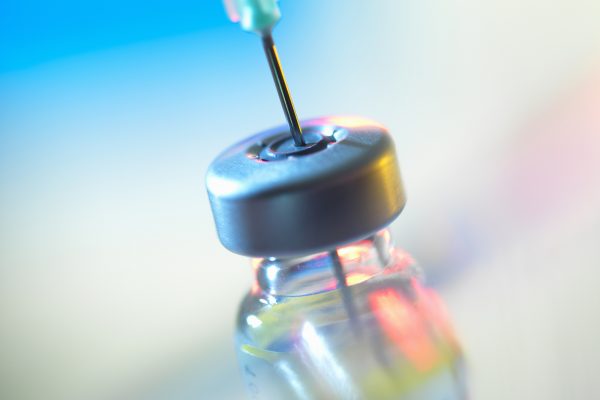
Previously, the Inter-B-NHL Ritux 2010 trial showed that survival of children and adolescents with high-risk, mature B-cell non-Hodgkin lymphoma is improved by the addition of rituximab to chemotherapy. In a recent secondary analysis of the trial, published in Lancet Haematology, the immune effects of this combination therapy were evaluated. The findings show that while children receiving chemotherapy with rituximab were at risk of prolonged hypogammaglobulinemia, severe infections were rare.
Cure rates among children and adolescents with high-grade, mature B-cell non-Hodgkin’s lymphoma have dramatically improved over the past 30 years. However, prognostic factors such as elevated lactate dehydrogenase (LDH) level, leukemic bone marrow, and central nervous system (CNS) involvement are an indication of a high risk of treatment failure, as well as treatment-related factors such as lack of early or complete response. Previously, the Inter-B-NHL Ritux 2010 trial showed that survival of children and adolescents with high-risk, mature B-cell non-Hodgkin lymphoma is improved by the addition of rituximab to chemotherapy. However, the effect of rituximab on immune reconstitution after therapy has not been well described. In this secondary analysis of the Inter-B-NHL Ritux 2010 trial, the immune effects of the addition of rituximab to intensive chemotherapy were evaluated.
The international phase 3 Inter-B-NHL Ritux 2010 trial included children (6 months to 18 years) with high-risk, mature B-cell non-Hodgkin lymphoma (stage III with an elevated lactate dehydrogenase level or stage IV) or acute leukaemia. Patients were randomly assigned (1:1) to receive standard Lymphome Malin de Burkitt (LMB) chemotherapy or LMB chemotherapy plus six additional doses of rituximab. A non-randomised cohort was enrolled after the planned interim analysis and assigned to chemotherapy plus rituximab. Measures of the immune status were completed at baseline, one month after the end of treatment, and one year after the start of therapy, and yearly thereafter until normalised. For this secondary analysis, the proportions of patients with low lymphocyte counts and immunoglobulin (Ig) concentrations at these time points were reported, with total lymphocyte count, B-cell count, and IgG concentration as the main endpoints. Other endpoints of interest included exposure to Ig replacement therapy and vaccine serologies.
In total, 421 patients were enrolled and had immune data at baseline or during follow-up, or both. The study population included 289 randomly assigned patients and 132 non-randomised ones. At baseline, 99 (34%) of 290 patients with available data had lymphopenia, and 178 (48%) of 368 had hypogammaglobulinemia. One month from the end of therapy, patients who received chemotherapy with rituximab were more likely to have lymphopenia (81 vs. 60%, p=0.0011), B-cell lymphopenia (96% vs. 64% of 56, p<0.0001), and hypogammaglobulinemia (71% vs. 47%, p=0.0017) than those who received chemotherapy alone. After one year, the difference remained significant only for hypogammaglobulinemia (55% vs. 25%, p=0.0003).
Patients in the chemotherapy with rituximab group were more likely to receive immunoglobulin replacement than those in the chemotherapy group (16% vs. 7%; HR[95%CI]: 2.63 [1.23-5.62], p=0.010), mainly due to their low immunoglobulin concentration. In the combined treatment groups, including non-randomly assigned patients, the proportion of patients who lost protective serologies to a vaccine-preventable infection ranged from 9% for polio to 42% for Streptococcus pneumoniae (pneumococcus). One patient in the chemotherapy with rituximab group had a life-threatening infectious event of polymicrobial bacterial sepsis reported 2 months after the final chemotherapy administration.
In summary, this study showed that children with high-risk mature B-cell non-Hodgkin lymphoma receiving chemotherapy with rituximab were at risk of prolonged hypogammaglobulinemia, although severe infections were rare. Strategies for immunoglobulin replacement and revaccination are needed.
Reference
Notifications